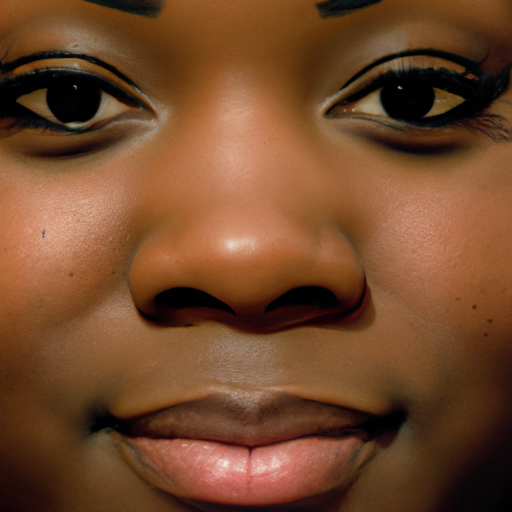Botox, a household name in the world of cosmetic procedures, is often synonymous with the pursuit of youth and beauty. It has gained popularity over the years for its ability to smooth wrinkles and fine lines, giving the skin a more youthful appearance. However, there is more to Botox than just its cosmetic benefits. This article aims to unmask Botox, delving into its other uses beyond aesthetics.
Botox, or Botulinum toxin, is a neurotoxic protein produced by the bacterium Clostridium botulinum. In the medical field, it is used in small, controlled doses to relax overactive or spastic muscles. The toxin works by blocking the release of acetylcholine, a neurotransmitter that triggers muscle contractions. By doing so, it effectively paralyzes the targeted muscles, reducing their activity.
One of the significant non-cosmetic uses of Botox is in the treatment of chronic migraines. Chronic migraines are debilitating and can severely affect an individual’s quality of life. Botox injections have been shown to reduce the frequency of these headaches significantly. The exact mechanism is not fully understood, but it is believed that Botox blocks the pain signals from reaching the brain.
Another therapeutic use of Botox is in managing excessive sweating or hyperhidrosis. In this condition, the sweat glands are overactive, causing excessive and often embarrassing perspiration. Botox injections can help by blocking the nerves that stimulate the sweat glands, thereby reducing the amount of sweat produced.
Botox also plays a vital role in treating certain eye conditions. Strabismus, or crossed eyes, and blepharospasm, an involuntary blinking or eyelid twitching, can both be managed effectively with Botox injections. By relaxing the overactive eye muscles, Botox helps restore normal eye alignment and control excessive blinking.
Moreover, Botox has shown promise in treating overactive bladder, a condition characterized by a frequent urge to urinate. Botox injections into the bladder muscle can help reduce urinary frequency, urgency, and incontinence.
In recent years, Botox has also been explored as a potential treatment for depression. The “facial feedback hypothesis” suggests that our facial expressions can influence our emotions. By reducing the ability to frown, Botox may help alleviate depressive symptoms. While more research is needed in this area, preliminary studies show promising results.
In conclusion, while Botox is widely recognized for its cosmetic applications, its therapeutic uses are extensive and continue to expand. From treating chronic migraines and excessive sweating to managing certain eye conditions and overactive bladder, Botox has proven to be a versatile tool in the medical field. Its potential use in treating depression further underscores its therapeutic potential. As research continues, we can expect to see even more applications of this fascinating neurotoxin. Therefore, it is essential to unmask Botox and appreciate its benefits beyond just wrinkles and fine lines.



